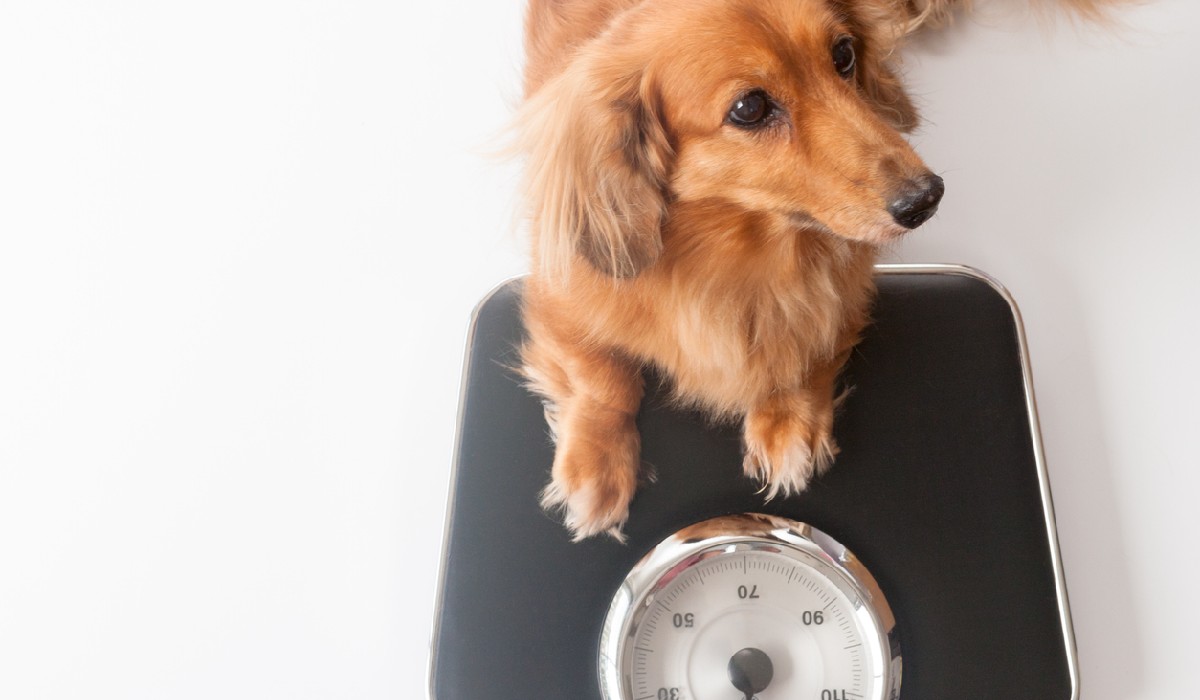What You Can Do To Make Sure Your Dog Is a Healthy Weight
It’s no secret that being overweight is detrimental to your health, your energy levels, and your ability to do the things you love. The same is true for your dog. Just like humans, being overweight puts your dog at risk for a variety of health problems, including joint pain, arthritis, heart disease, and diabetes. Fortunately, […]

It’s no secret that being overweight is detrimental to your health, your energy levels, and your ability to do the things you love. The same is true for your dog. Just like humans, being overweight puts your dog at risk for a variety of health problems, including joint pain, arthritis, heart disease, and diabetes. Fortunately, there are a number of things you can do to help your dog maintain a healthy weight. In this blog post, we’ll share five tips for keeping your dog at a healthy weight.
FEED THEM A HIGH-QUALITY DIET
The first thing to keep in mind is that all dogs are different. Just like humans, each dog has their own unique nutritional needs based on their age, activity level, health status, and more. That’s why it’s important to work with your veterinarian to create a diet plan that’s tailored to your dog specifically.
The best food for your young, healthy dog is one that is high in protein and fat. This will help them maintain a healthy weight and keep their energy levels up. You also want to make sure the food contains all the essential nutrients and no fillers.
For older dogs, you want to look for food that is easy to digest and packed with nutrients. Older dogs tend to have sensitivities to certain ingredients, so you’ll want to avoid foods that contain a lot of fillers or artificial ingredients. Instead, look for foods that are labeled as “senior” or “geriatric.” They might need a mix of dry and wet food or simply a wet food diet depending on how advanced their age is and their health condition.
Dogs with health conditions, such as allergies or diabetes, will need a different type of food than healthy dogs. For these dogs, you’ll want to look for food that is specifically designed for their condition.
AVOID HUMAN FOOD
No matter how much they beg and look at you with cute big, soulful eyes, do not give them human food. This changes their palette preferences, and most human foods do not give them the correct nutrients and can upset their stomach.
GET PLENTY OF EXERCISE
If you are new to exercising with your dog, it is important to start slowly and build up gradually. Start with walks around the block and then build up to longer walks or runs. If you are planning on hiking or swimming with your dog, it is important to make sure that they are comfortable with the activity before taking them on longer excursions.
It is also important to make sure that you have the proper equipment for exercising with your dog. This includes a collar and leash, appropriate running shoes or hiking boots, and a ball or toy for playing fetch. If you are planning on swimming with your dog, it is important to have a life jacket that fits them properly.
MONITOR YOUR DOG’S WEIGHT
Get yourself a dog scale to measure how much your dog weighs so you can make note of their health journey. Any large changes in a short amount of time may signal something is wrong.
TALK TO YOUR VETERINARIAN
To make sure you’re on the most effective path, talk to your veterinarian about how to keep your dog at the right weight. Regular checkups and updating their diet and exercise plan will help keep your dog healthy.
CONCLUSION
Keeping your dog in great shape doesn’t have to be difficult. With regular exercise, a proper diet, and a watchful eye on their weight, your dog will be sure to be in good shape. Just like how we have to watch out for our health, our furry best friends are no different. All you have to do is take things step by step, right along with them.
